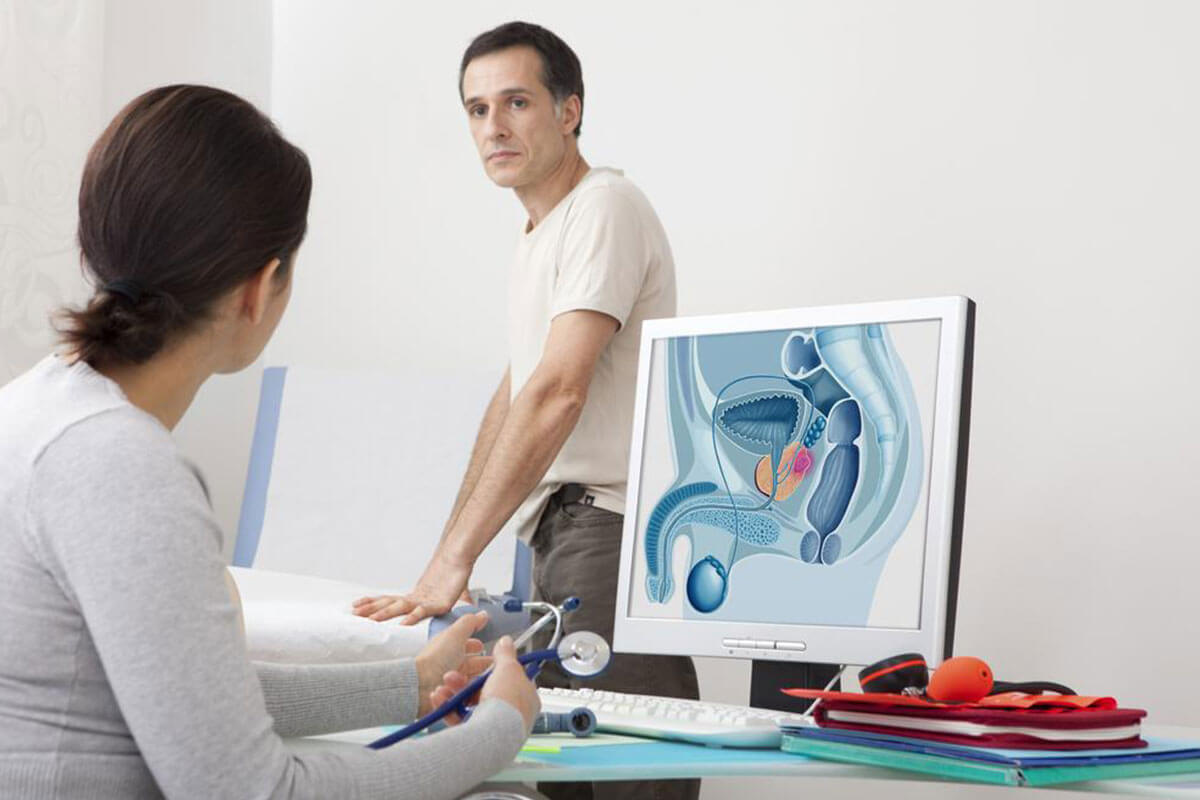Recognizing Symptoms of an Enlarged Prostate and When to Seek Medical Help
This comprehensive article explains the key warning signs of an enlarged prostate, including urinary symptoms like nocturia, difficulty urinating, and blood in urine. It emphasizes the importance of early diagnosis and treatment options such as medication or surgery. Recognizing these symptoms early can prevent serious complications like urinary retention and kidney damage. Men aged 40 and above are encouraged to stay vigilant and seek prompt medical consultation to maintain urinary health and overall well-being. Regular health check-ups and lifestyle management play crucial roles in prostate health maintenance.

Understanding the Symptoms of an Enlarged Prostate and the Importance of Timely Medical Attention
Many men remain unaware of the subtle early signs of prostate enlargement. Early recognition of these symptoms can significantly influence treatment outcomes and quality of life.
The prostate gland, roughly the size of a walnut, is a vital part of the male reproductive system. It surrounds the upper part of the urethra, located just below the bladder, and plays a critical role in semen production, aiding in the transport of sperm during ejaculation. However, after the age of 40 or 50, many men experience prostate enlargement, a condition known medically as benign prostatic hyperplasia (BPH). This enlargement can lead to a range of urinary problems, primarily because it obstructs the urethra, making urination difficult or incomplete. Sometimes, the condition can begin earlier in life and may be associated with other health issues, making awareness and early detection essential.
Recognizing the early symptoms of prostate enlargement is crucial for timely intervention. Common signs include nocturia (the need to urinate multiple times during the night), increased frequency of urination during the day, difficulty initiating urination, a weak urine stream, and dribbling after urination. These symptoms often result from the prostate pressing against the urethra, causing partial obstruction. Ignoring these signs can lead to more serious complications such as urinary retention, recurrent urinary tract infections, kidney damage, or bladder dysfunction.
Other symptoms that may indicate prostate issues include straining during urination, a sense of incomplete bladder emptying, blood in the urine (hematuria), or recurrent urinary tract infections. If you notice any combination of these symptoms, it is vital to seek medical advice promptly. Early consultation with a healthcare professional can lead to proper diagnosis through digital rectal exams, urine tests, blood tests, and imaging studies. Once diagnosed, treatment options vary based on the severity of the enlargement and the impact on urination. These options may include lifestyle changes, medications such as alpha-blockers or 5-alpha-reductase inhibitors, natural remedies, or surgical procedures like transurethral resection of the prostate (TURP).
Timely medical intervention not only alleviates symptoms but also prevents long-term complications. Men experiencing these signs should not delay seeking help, as early management can improve urinary function and overall quality of life. Preventive measures such as maintaining a healthy lifestyle, regular check-ups, and managing associated health conditions like hypertension and diabetes can also contribute to prostate health.





